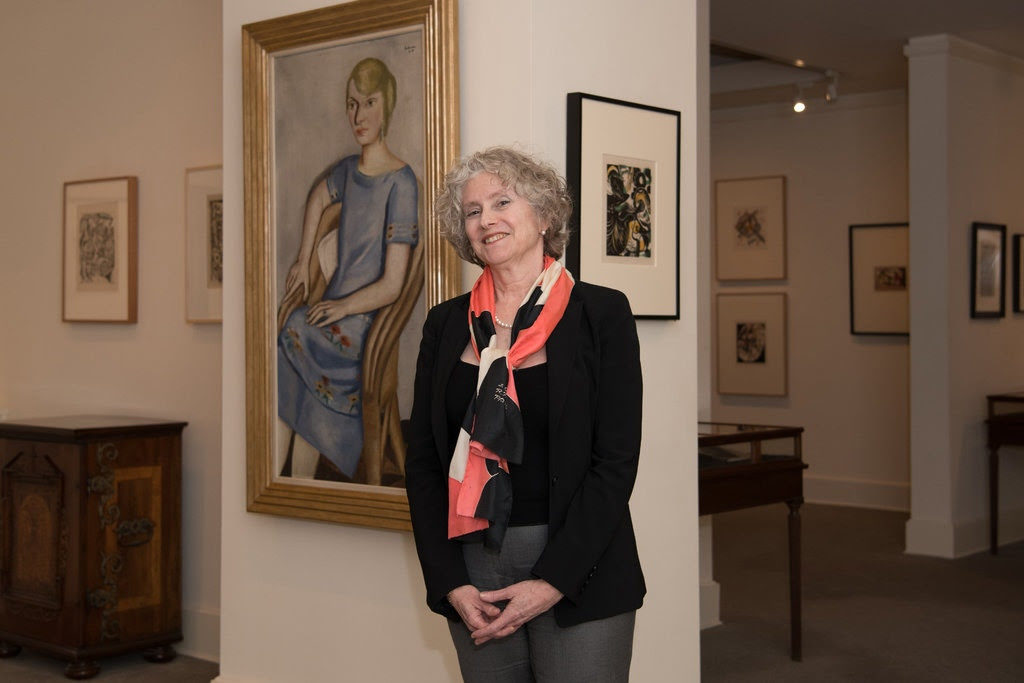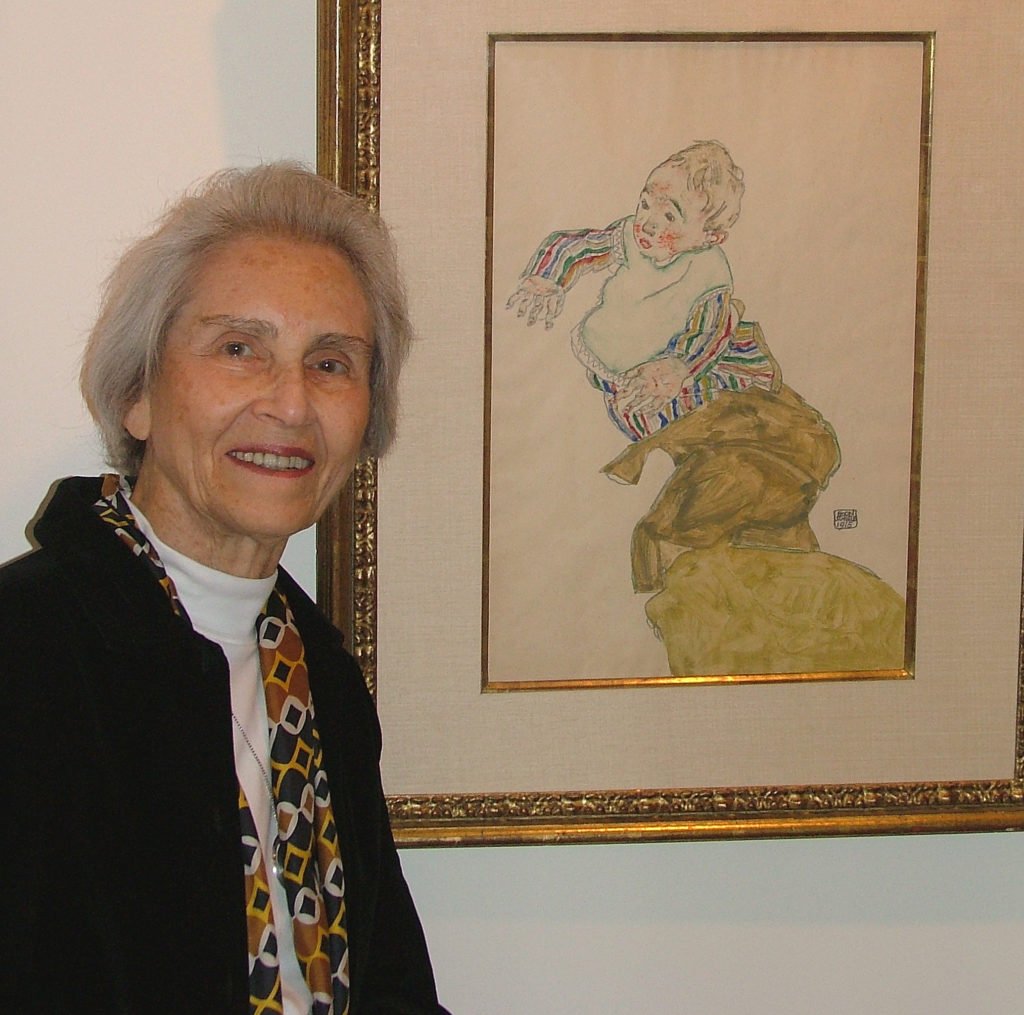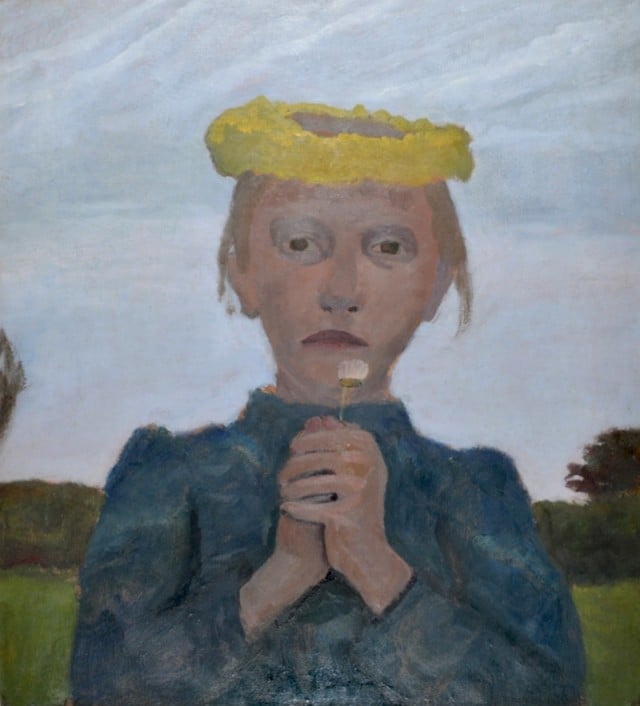Galleries
‘It’s a Model That Doesn’t Work Anymore’: Why Galerie St. Etienne Is Transforming Its Historic, Scholarly Gallery Into a Non-Profit
The 80-year-old St. Etienne is transitioning from a commercial gallery into a non-profit foundation.

The 80-year-old St. Etienne is transitioning from a commercial gallery into a non-profit foundation.

Sarah Cascone

The 80-year-old Galerie St. Etienne is transitioning over the course of the next year from a gallery into a nonprofit known as St. Etienne Foundation in order to pursue scholarship instead of sales.
Although the move is a departure from the New York gallery’s history in many ways, it is also an extension of its current efforts, particularly in publishing catalogues raisonné and assisting museums with exhibitions. Eventually, the foundation’s entire archives will be digitized and made available to scholars.
“We don’t feel that we can combine commerce and scholarship as we once did,” gallery and foundation director Jane Kallir told Artnet News. “It’s just a model that doesn’t seem to work anymore.”
Kallir’s grandfather, Otto Kallir, first opened the business as the Neue Galerie in Vienna in 1923, and relocated to New York in 1939. The gallery was responsible for introducing artists including Egon Schiele, Gustav Klimt, Oskar Kokoschka, Paula Modersohn-Becker, and Käthe Kollwitz, to US audiences. “The Expressionist Legacy,” the third in a series of exhibitions celebrating the gallery’s 80th anniversary, opened last month to show works originally sold by the elder Kallir and Hildegard Bachert, the gallery’s longtime co-director, who died last month at age 98.
Galerie St. Etienne comes from an older model of art dealer. “If you go back to the origins of the art market in the late 19th century,” Kallir said, “Modern art was not generally accepted by the public, so dealers really had to play a strong educational role. It wasn’t just promotion or branding or marketing—it was really education. And you tended to have artists who remained with galleries for their whole career, or at least long enough for the dealer to have a very intimate understanding of the artist’s body of work.”

The late St. Etienne co-director Hildegard Bachert with a work by Egon Schiele. Courtesy of Galerie St. Etienne.
But as time went on, mega-galleries ballooned, connoisseurs were replaced by salesmen, and the demands of the industry entirely changed. “There is less and less historical material and [fewer active] collectors—and as interest shifts more and more to the contemporary, which is inevitable, it becomes harder to compete in the marketplace,” Kallir said. “To entice new collectors, you need a critical mass of great artworks to keep the market sort of perking along.”
Nonetheless, the need for traditional connoisseurship, scholarship, and authentication remains—just perhaps not in the context of a gallery. “The two things we grapple with on a daily basis are authentication and provenance—We’re in an authentication crisis about who is going to do that work moving forward,” Kallir said. “Having a knowledge of an artist’s body of work that’s sufficient to make judgments of authenticity is something that requires so much study and so much knowledge of that work that there’s a limit to how many artists one can realistically specialize in.”
In addition to the Schiele catalogue raisonné, which Kallir authored, Galerie St. Etienne also published the catalogue for Grandma Moses in 1973, and now plans to digitize a newly updated edition. (Kallir previously founded the Kallir Research Institute in 2017 during the project to digitize the Schiele catalog.)

Paula Modersohn-Becker, Girl with Yellow Wreath and Daisy (1901). Courtesy of Galerie St. Etienne, New York.
Next up, the foundation plans to work on the catalogue raisonné for Austrian portraitist Richard Gerstl. “He’s a great and little-known Austrian Expressionist artist who was discovered by my grandfather,” Kallir said. “I’ve got a team of conservators in Austria who are conducting technical analysis on his paintings which has been very very fruitful.”
The new foundation will be funded by grants and an endowment. “It certainly takes as much money to run a foundation as it does to run a gallery,” said Kallir, who is still working out exactly when the transition to a nonprofit will take place. “Buying and selling art under our own name will at some point cease operations,” she added.
The organization is also working on upcoming Grandma Moses exhibitions at Tokyo’s Setagaya Museum in November 2020 and at the Smithsonian American Art Museum in Washington, DC, in 2023–24. Meanwhile, the foundation will continue the gallery’s planned exhibition program with shows including a politically charged Sue Coe outing timed to next year’s presidential election.